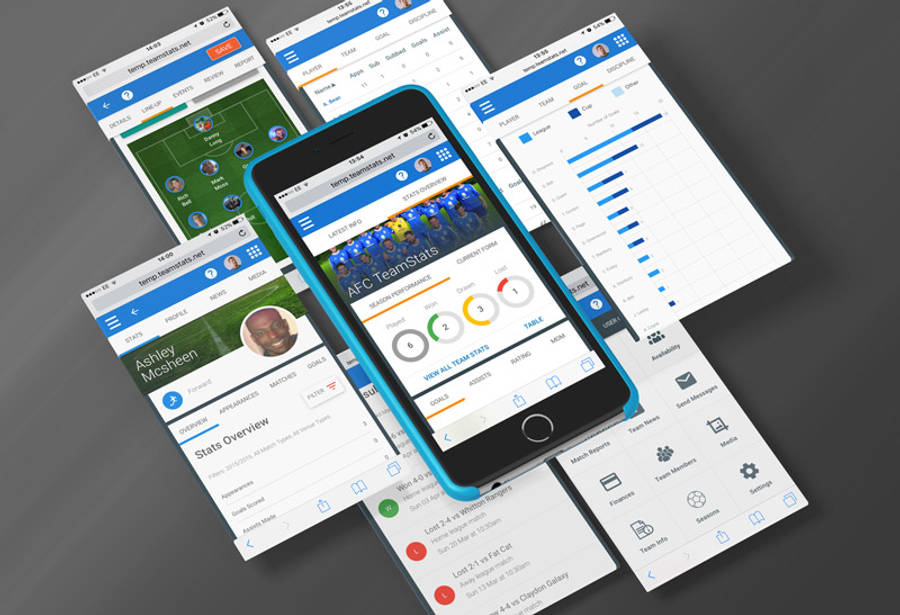When we watch a football match, it’s easy to focus on the obvious – goals scored, shots on target, and possession percentages. These are the numbers that flash on screens and form headlines. But in the modern game, there’s a whole world of hidden stats that quietly dictate who dominates and who falls short. From pass completion to progressive carries, these unglamorous metrics can be the true indicators of performance – and they often separate the winners from the losers.
Let’s dive into the hidden side of football analytics and uncover the stats that often go unnoticed but have a decisive impact on match results.
1. Expected Goals (xG): Predicting Potential, Not Just Results
One of the most widely used hidden stats is expected goals (xG). This metric assigns a value to each shot based on the probability of it becoming a goal, factoring in shot distance, angle, body part used, and defensive pressure.
Why it matters: A team might win 1–0, but if their xG was 0.4 while their opponent’s was 2.1, it suggests luck played a major part. Over time, teams with higher xG averages tend to outperform their rivals.
Case in point: In the 2022–23 Premier League season, Brighton consistently outperformed their league position in terms of xG. Their smart recruitment and tactically fluid style saw them creating high-quality chances regularly – a blueprint for clubs with smaller budgets.
2. Progressive Passes and Carries: Breaking the Lines
A midfielder might not score or assist, but if they consistently advance the ball into dangerous areas, they’re worth their weight in gold. Progressive passes and progressive carries measure how often a player moves the ball at least 10 yards closer to goal (excluding their own half).
Players like Rodri, Frenkie de Jong, and Toni Kroos often top these charts – calm, composed, and always thinking a pass ahead.
3. Passes into the Final Third: Territory Gains
Just like in chess, controlling territory in football is crucial. Passes into the final third are a key stat for determining which team is forcing their way into dangerous zones and applying sustained pressure.
A team may dominate possession but be sterile in their build-up. Another might only have 40% possession but consistently feed dangerous balls into the opponent’s third. The latter is usually the more effective approach.
4. Pressures and Counter-Pressing Actions
Pressures (attempts to win the ball back within two seconds of an opponent receiving it) and counter-pressing actions (especially right after losing possession) are the heartbeat of modern high-intensity football.
Stats from teams like Liverpool and RB Leipzig show how important pressing is to turning defence into attack in a flash.
5. Shot-Creating and Goal-Creating Actions
These go beyond assists. Shot-creating actions (SCAs) and goal-creating actions (GCAs) include the two actions before a shot or goal – be it a pass, dribble, or drawing a foul.
This stat rewards creative players who orchestrate attacks indirectly. Someone like Martin Ødegaard might not always assist directly but is often the key player making the pre-assist, or manipulating defenders to create space for others.
6. Recovery and Transition Metrics
Another underappreciated metric is ball recovery – how quickly and efficiently a team regains possession after losing it. Combined with transition speed (how quickly the team moves the ball after a recovery), this can be the deciding factor in high-tempo matches.
Teams like Manchester City are masters at slow build-up, but also have the flexibility to transition rapidly when needed. This duality is what makes elite teams so hard to contain.
7. Game State Performance
An often-overlooked concept is game state: how a team performs when winning, losing, or drawing. Some teams are excellent frontrunners – they press hard when in the lead – while others struggle when chasing the game.
For example, a team might have a fantastic overall goal difference, but if most of their goals come when already 2–0 up, it tells a different story about their competitive edge.
8. Mental Metrics: Composure and Consistency
While harder to quantify, mental attributes are becoming increasingly measurable through pattern recognition in data. Players who consistently make the right decisions under pressure, avoid errors in high-stakes moments, and perform reliably across different match scenarios are invaluable.
Consistency and decision-making under pressure are key to long-term success. The best players don't just perform when it's easy – they thrive when the heat is on.
9. Team Synergy Over Individual Brilliance
Another surprising insight from analytics: some teams with no standout individuals outperform those packed with star power. That’s because metrics like pass network strength, triangular combinations, and positional discipline measure how well a team operates as a unit.
Football is still a team game. A finely tuned collective that works seamlessly across all phases of play can outmatch a side of individual talents playing in isolation.
Just like finding hidden value in niche games or platforms – such as Vulkan Vegas, where smart players spot opportunities others miss – spotting overlooked performers and cohesive units in football can give you a strategic edge.
Final Thoughts
The scoreline is just the tip of the iceberg. Beneath every 2–1 win or 0–0 draw lies a treasure trove of data that tells a much richer story. The future of football belongs to those who understand and embrace these hidden stats.
Coaches use them to fine-tune tactics. Scouts rely on them to unearth hidden gems. And fans? The more we understand them, the deeper our appreciation for the beautiful game becomes.
So next time you watch a match, don’t just check the final score. Look for the patterns, the subtle movements, and the quiet influencers on the pitch. Because more often than not, the real story lies beyond the scoreline.


















